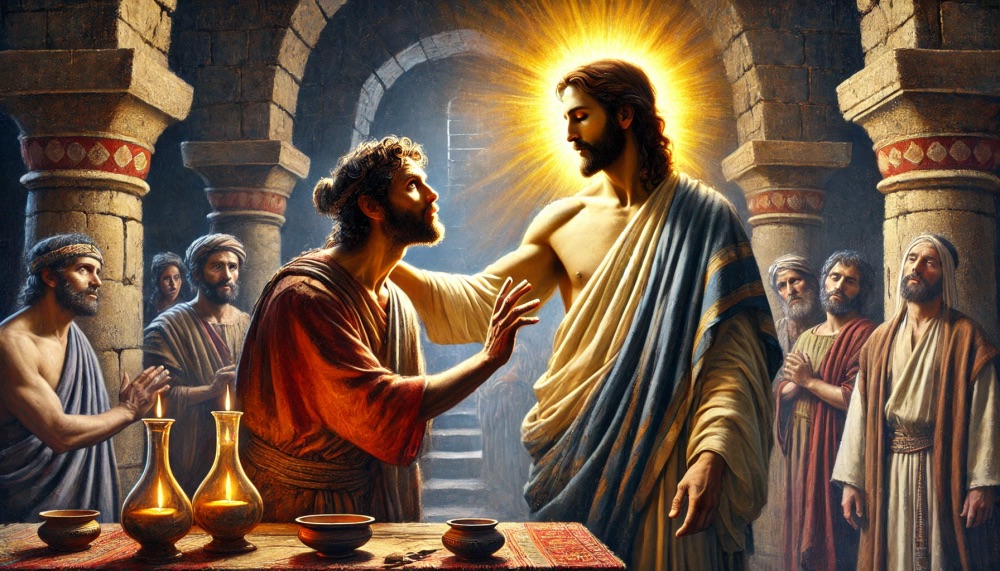The story of Thomas, one of Jesus’s twelve disciples, offers a profound lens through which to examine the tension between faith and reason. In the Gospel of John, after Jesus’s resurrection, the disciples celebrate his miraculous return. Yet Thomas remains unconvinced. His reaction to the news is famously sceptical:
“Unless I see the nail marks in His hands and put my finger where the nails were, and put my hand into His side, I will not believe.”
This demand for tangible proof sets Thomas apart, earning him the enduring label “Doubting Thomas.” For centuries, his hesitation has been interpreted as a moral failing—evidence of his weaker faith. Jesus himself, after granting Thomas the opportunity to touch his wounds, says:
“Because you have seen Me, you have believed; blessed are those who have not seen and yet have believed.”
This statement elevates blind faith, casting doubt in a negative light. But is this interpretation truly fair? Or does it overlook the essential role that skepticism plays in human understanding?
A Case for Skepticism
Thomas’s doubt is often treated as a weakness, yet it is arguably the most rational response in the story. To believe without evidence is to suspend one’s critical faculties. Thomas, however, considers the biological impossibility of resurrection, the physical toll of crucifixion, and the potential for deception. His scepticism is not a lack of faith in Jesus but a commitment to intellectual integrity.
In a world where impostors and false claims are common, Thomas’s approach reflects sound reasoning. Could someone have impersonated Jesus to exploit his followers? Could the disciples, overwhelmed by grief, have misinterpreted what they saw? These are not cynical questions but practical ones, born of a mind that values evidence over assumption.
By contrast, the other disciples immediately accept the resurrection. Their belief may be celebrated, but it is also uncritical, driven by emotional relief and the desire for hope. In modern terms, their response might be akin to accepting an extraordinary claim without demanding empirical proof. Yet they are praised for their faith, while Thomas is vilified for his doubt.
The Social Cost of Questioning
Thomas’s story mirrors a broader societal tendency to distrust sceptics. Those who question authority, challenge conventional wisdom or demand proof are often labelled as negative, rebellious, or even dangerous. Throughout history, critical thinkers—from Galileo to whistleblowers—have faced ostracism, persecution, or ridicule.
Meanwhile, those who accept norms and follow the crowd are celebrated as “reasonable” or “trustworthy.” Blind faith and conformity are rewarded, while scepticism, even when justified, is punished. This dynamic discourages inquiry and reinforces systems that rely on unquestioned allegiance.
A Misunderstood Legacy
Rather than a symbol of weak faith, Thomas should be seen as a model of intellectual rigour. His doubt is not a rejection of Jesus but an insistence on understanding the truth. His eventual belief, grounded in direct evidence, is far more robust than the uncritical acceptance of his peers.
Thomas’s scepticism challenges us to rethink the relationship between faith and reason. Can the two coexist, or does one diminish the other? Is belief without evidence truly virtuous, or does it risk enabling falsehoods? These questions remain as relevant today as they were in Thomas’s time.
Ultimately, Thomas’s legacy reminds us that doubt is not the enemy of faith but its necessary companion. Through questioning, we refine our beliefs, and through scepticism, we uncover the truth. In a world that often demands unquestioning loyalty, Thomas stands as a quiet advocate for the courage to question—and the wisdom to seek understanding.







